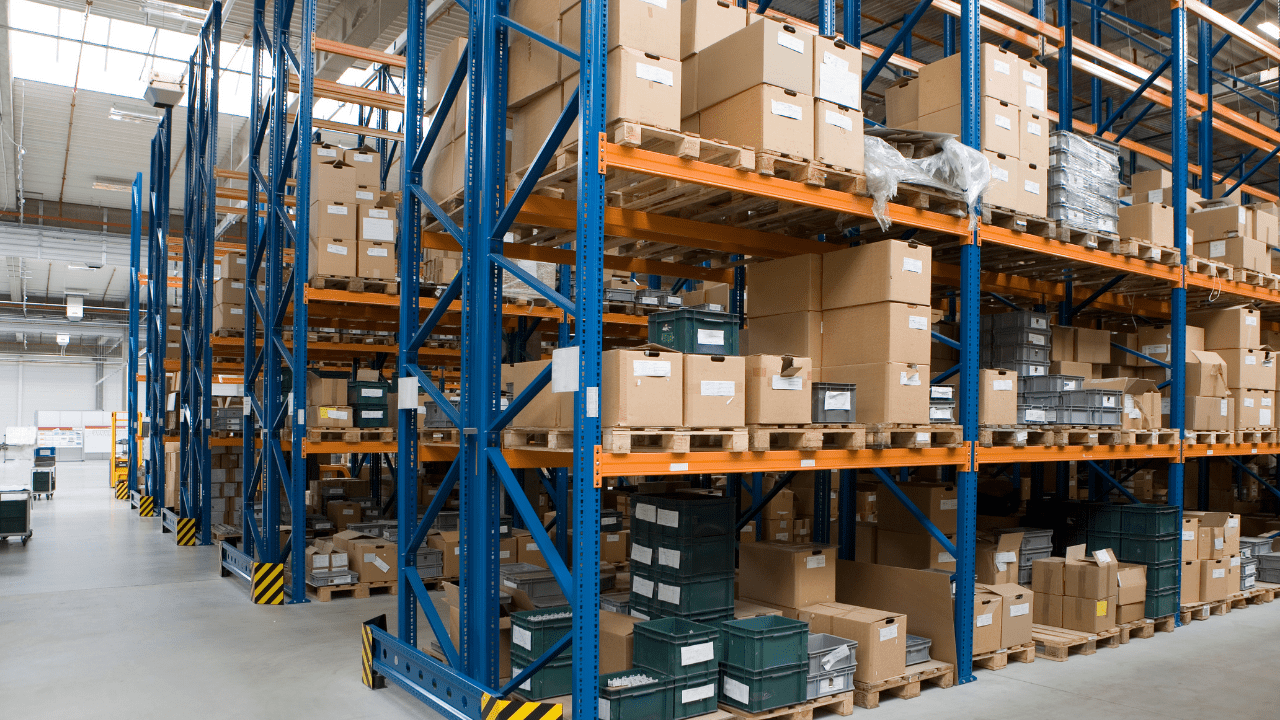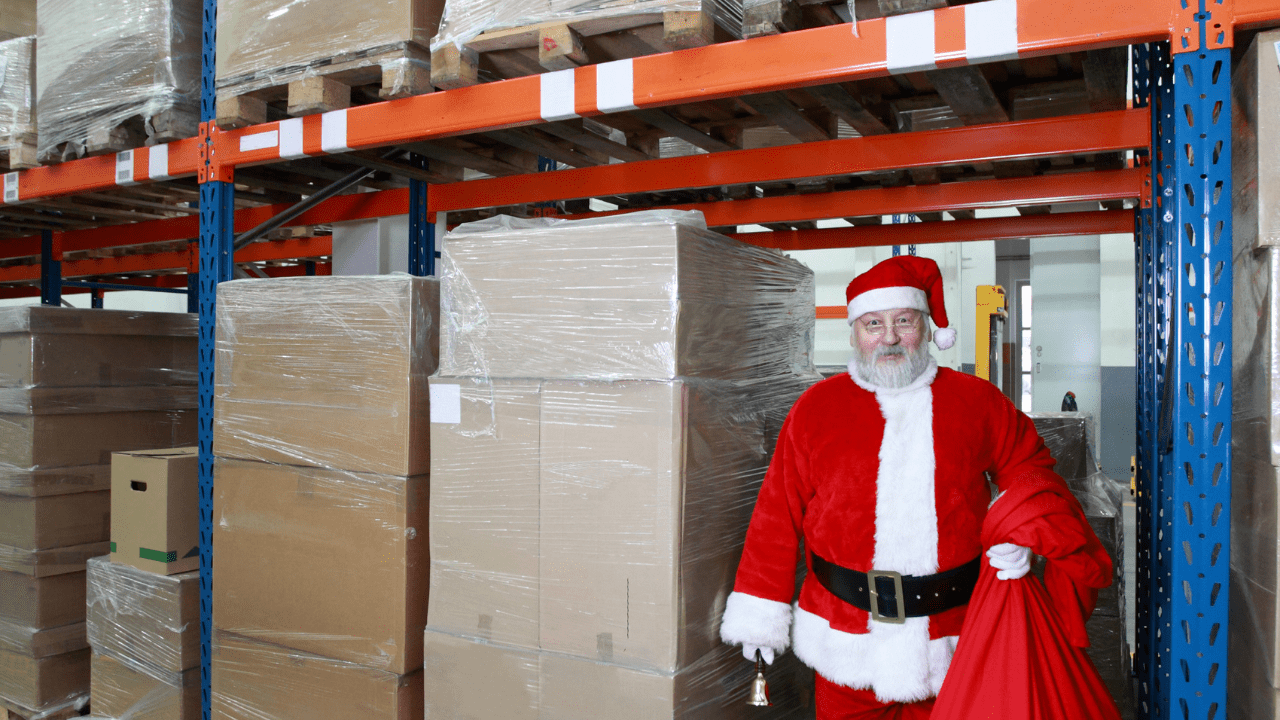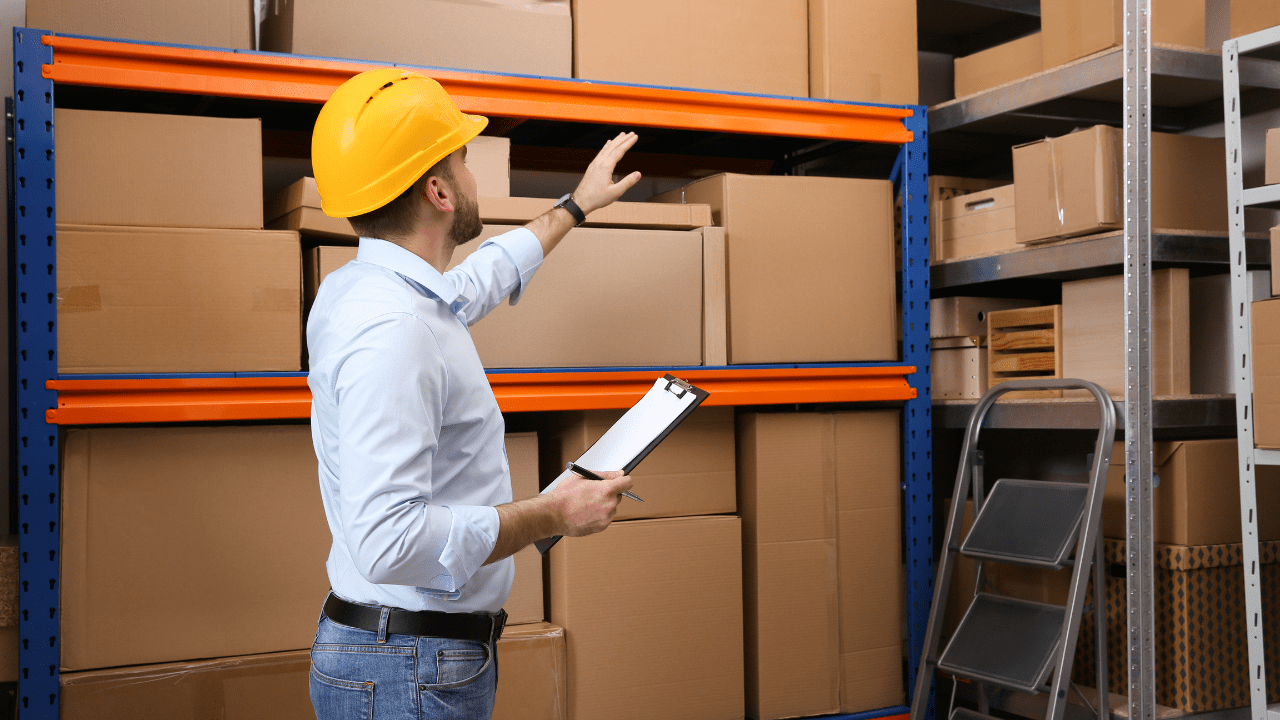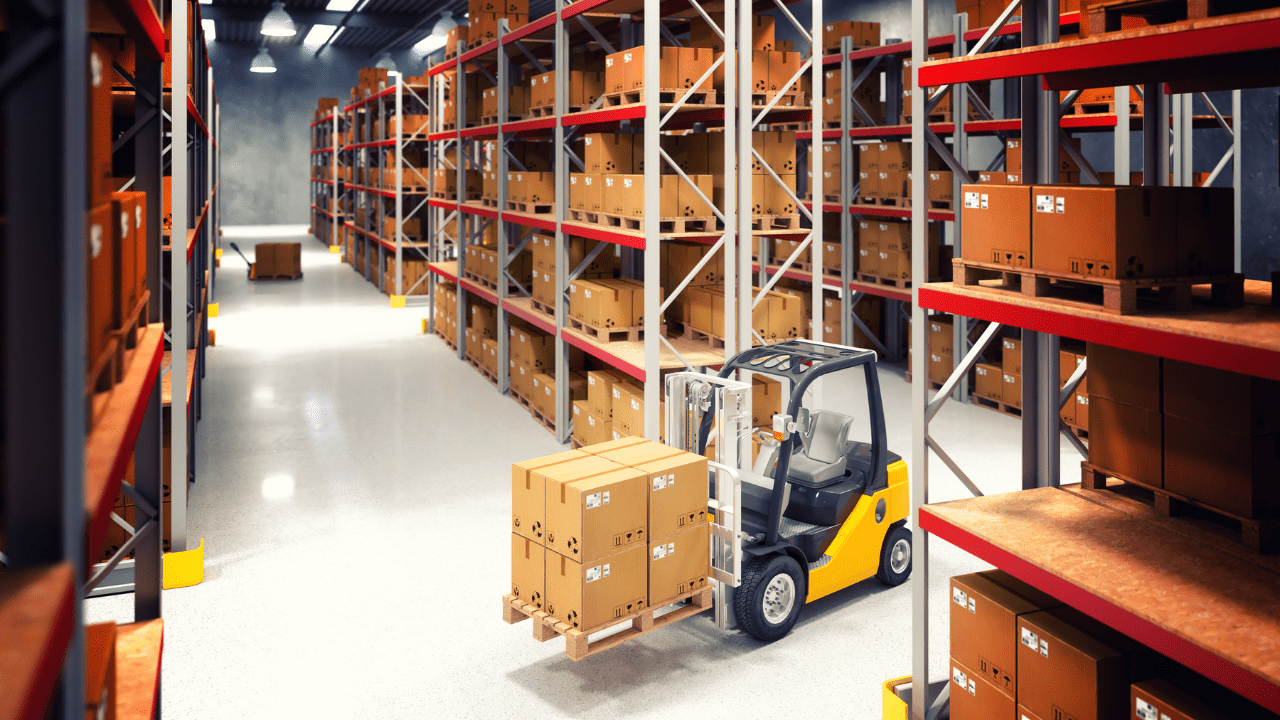Warehouses in Australia often face three main problems. They have limited space for storage, they must follow strong safety rules, and they need to meet strict laws for daily work.
This is why pallet racking installation is the basis of a successful warehouse. With the right system, goods stay safe, space is used in a smart way, and workers move in a safe place. There is no clutter or risk, only clear paths and smooth work.
Strong pallet storage solutions work faster and safer, and modern warehouse pallet racking is designed for strength and ease of use, making it a smart choice for growth and long-term success.
Why Proper Pallet Racking Installation Matters?
Proper pallet racking installation is not just about stacking metal frames in a warehouse. However, poor installation brings serious risks. A weak frame or an uneven floor leads to racks leaning or collapsing. Common problems caused by poor installation include:
- Racks are becoming unstable under heavy loads
- Unsafe aisles for forklifts and staff movement
- Difficulty in reaching goods quickly
- Higher chance of damage to both products and equipment
By contrast, a well-installed pallet rack storage system improves efficiency and builds trust in daily operations. It keeps stock organised, allows for clear traffic flow, and follows Australian safety standards. Professional warehouse racking installation is, therefore, an investment in both people and products.
6 Steps for Safe Pallet Racking

Step 1: Plan with Precision
Good planning is the first step for safe and strong storage. Before building a pallet racking system, every part of the warehouse must be checked with care.
Site assessment is very important. The floor must be strong and level, and the ceiling height must be measured. Any pipes, beams, or other blocks in the warehouse must be marked before work starts.
Load analysis: Every pallet has a size, shape, and weight. Heavy loads need stronger racks. Long or wide pallets need more space. Without this study, the racking may fail.
Traffic flow: Wide aisles are needed for forklifts to move. Clear paths are needed for staff to walk without risk.
A study from the University of Melbourne shows that the best warehouse design looks at three things: the environment, the goods stored, and the tools used for lifting.
Checklist for planning:
- Strong and level floor
- Measured ceiling height
- Clear paths for forklifts and workers
- Right rack size for pallet weight and shape
Strong planning makes industrial pallet racking safe, long-lasting, and ready for heavy daily work.
Step 2: Follow AS 4084:2023 Standards
In Australia, all racking must follow the AS 4084:2023 standard. This rule guides the safe pallet racking installation and use of steel storage systems. Following this law protects workers, goods, and business owners.
The rule covers many parts:
- Anchoring: Every upright must have at least two strong floor anchors.
- Load signage: Each rack must show a clear sign with the unit, beam, and bay load limits. Signs must resist rust and remain easy to read.
- Seismic strength: In areas with ground movement, racks must be built to stay safe during earthquakes.
If these rules are ignored, the results are dangerous. Unsafe racks may fall, staff may face injury, and owners may pay heavy fines.
Safe Storage Systems, Global Industrial, and the University of Melbourne all explain that following the standard is not just about rules; it is about safety every day.
A warehouse with a safe warehouse pallet racking system protects both people and products.
Step 3: Use Qualified Installers
Building a rack the right way needs skill. While anyone may try, the safe way is to use trained workers for warehouse racking installation.
Professional installers know how to follow the guide from the maker. They use the right tools and correct torque to make the racks firm. They also check that safety pins are locked in place.
The University of Newcastle says every job must include:
- A Permit to Work
- A Safe Work Method Statement (SWMS)
- A Job Safety Analysis (JSA)
These steps protect staff during the build.
When experts install the racks, the system stays strong for years. Poor work may save time at first, but may cost far more later.
This is why many Australian businesses trust Pallet Racking Australia Services from specialists such as Rack King. With skilled staff and long experience, they make sure the racks are safe and ready for daily use.
Step 4: Prioritise Structural Integrity
Even with the best of planning, it will only be safe to use a rack if its construction is solid. Important checks include the following:
- All uprights must be plumb and level.
- Bracing & mesh backing: These are used to keep the rack upright and stop products from falling.
- The upright protectors protect the racks located at the end aisles, in busy locations, and near traffic.
An engineer qualified in rack construction must inspect the racks and certify their safety before they can support any weight. The final step ensures your system is safe and secure for use.
Industrial pallet racking will last longer if it is built with a solid and durable structure. Pallet storage systems are reliable and safe. They allow workers to move freely, while managers can feel confident that every load is secure.
Step 5: Inspect and maintain regularly
Racks cannot be trusted indefinitely. It is important to check them regularly in order to keep them strong and safe. AS 4084-2023 rule stipulates that the inspections have to be carried out by a trained individual every year.
A daily check is also necessary. Warehouse staff can look for signs that indicate damage, like bent beams.
Steps for safe treatment:
- Inspections by a qualified expert every year
- Warehouse staff conduct daily visual checks
- Replace or repair damaged parts immediately
SafeWork NSW advises that damaged racks need to be tagged. They should also not be used for a while until they are inspected. See the official Pallet Racking Guide for full details.
The smooth running of your warehouse is supported by a pallet racking storage system that is strong and well-maintained. The safety of a pallet rack storage system goes beyond storage. It also involves trust, security, and durability.
Step 6: Train Your Team
Safety is dependent on the strength of the users. Staff training is vital for safety.
Workers must know:
- Unloading and loading pallets safely
- How to spot rack damage in its early stages
- What to Do In An Emergency
The University of Newcastle also insists that training needs to be documented and repeated. This helps the staff to follow the rules.
Racks could be loaded incorrectly or used incorrectly if the training isn’t done. This can result in damage, accidents, and lost stock.
By educating staff, managers can protect people as well as products. A trained team reports early risks, avoids accidents, and uses the pallet-racking system safely.
By knowing how to install pallet racking correctly, each worker is a part of the safety system. Training helps to create a culture in the workplace of care and respect.
The Right Partner to Choose in Australia
In Australia, it is vital to select the right partner when you are looking for racking. A good partner must be experienced, follow safety rules, and offer full support when the job is done. In the absence of these factors, it is possible that a system will not be safe to use or strong enough.
Ask for past projects. Check if their standards are Australian. Also, see if your potential partner will help you maintain the racks in the future. The team you choose will be able to provide the best design advice, execute the work properly, and provide safety tips for daily use.
Rackking is trusted throughout Australia for its high quality. They offer smart designs, safe builds, and ongoing service. Rack King offers safe, sturdy, and long-lasting warehouse pallet racking for any business. They are all different pallet types.
| Types and sizes of racks | Best for | Pros | Cons |
| Selective Racking | General storage | Flexible access to information | Lower density |
| Drive-In Racking | High-volume Goods | Space-saving | Limited Selectivity |
| Push-Back Racking | Medium turnover | High density and efficient | Costs Increase |
| Cantilever Racking | Long/odd products | Customisable | You need space |
Conclusion
Good planning and careful work are required to create a secure warehouse. Follow all the above steps. Each step will help to create a safer environment and make daily work easier.
Shelf-building isn’t the only thing that counts as good work. Safety, reliability, and the long-term success of the company are at stake. A strong warehouse management system is essential to keep products safe, workers moving quickly, and to ensure all rules are being followed.
In Australia, businesses should look for a reliable partner who can provide them with clear and accurate advice. They also want to ensure that the results are secure. Rack King has pallet racking experts who can install pallet racks and provide full pallet storage for all types of warehouses. The right support will make your warehouse stronger, safer, and better prepared to grow.
Frequently Asked Questions
What safety standards apply to pallet racking in Australia?
AS 4084: 2023 is Australia’s safety standard. It covers the anchoring of pallet racking, signage for load, earthquake strength, and general requirements. It is vital to follow this standard in order to keep warehouses secure and prevent legal penalties.
How often should pallet racking systems be inspected?
AS 4084, which specifies the frequency of inspection of pallet racking systems by qualified experts, states that racking needs to be examined at least once every year. Staff should conduct daily visual checks to catch early signs.
Can I install pallet racking myself, or do I need professionals?
You should only use professionals to install pallet racking. Installation by qualified installers is done in compliance with safety laws. Self-installation can be unstable and lead to expensive accidents.








